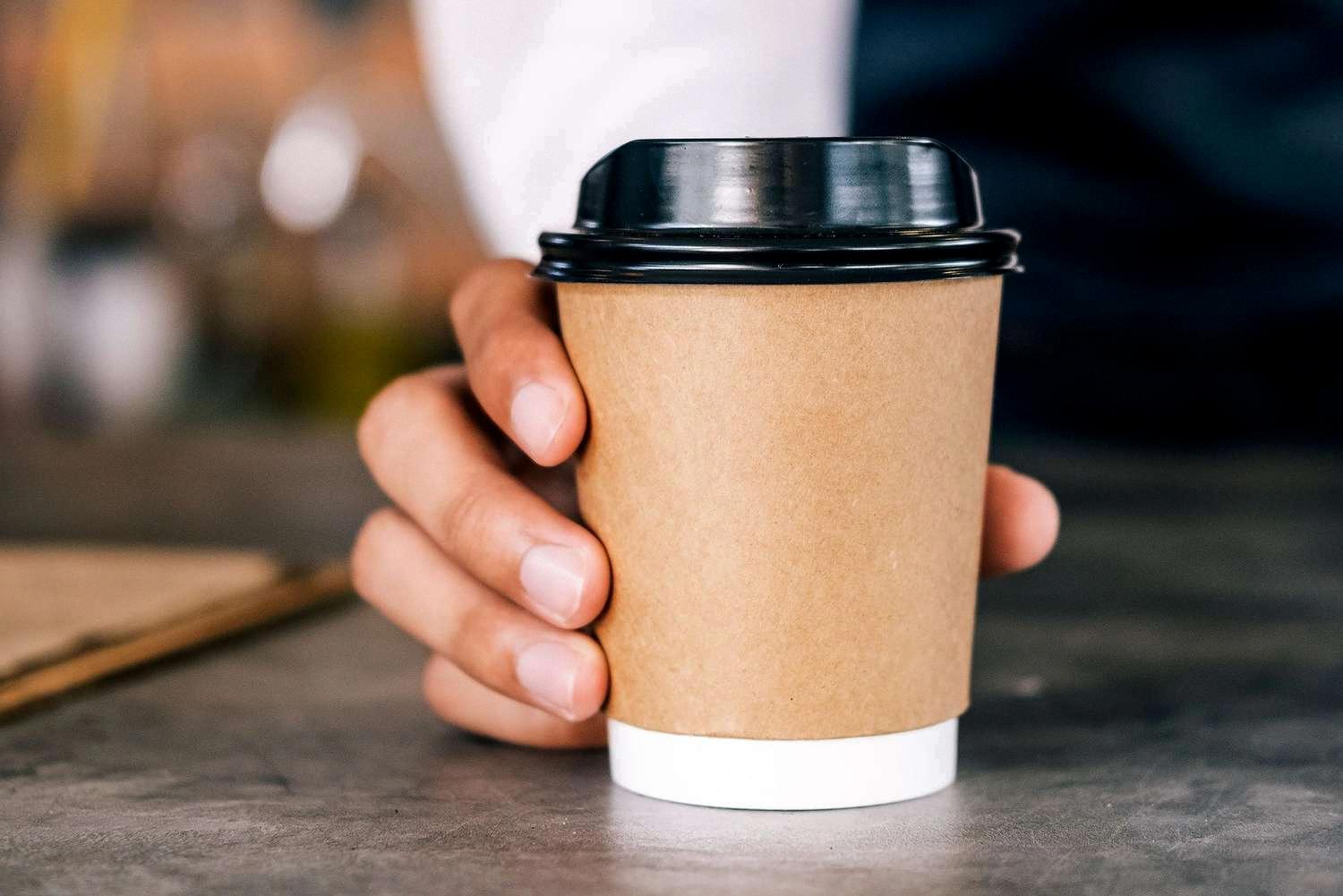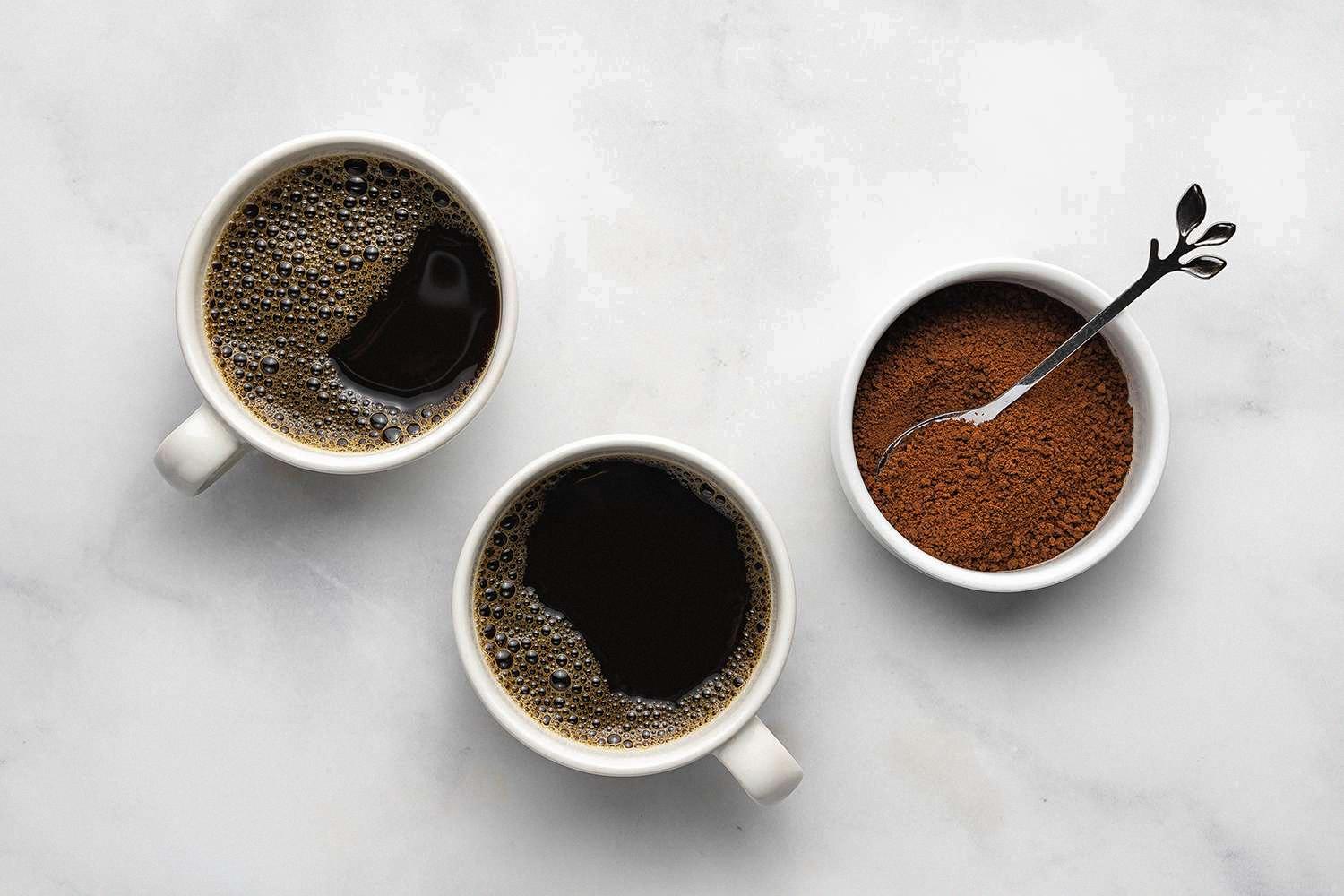Have you recently noticed that your stool is the color of coffee? Coffee-colored stools can be quite concerning, as this color can indicate the presence of blood in the digestive system. It’s important to understand what could be causing this issue and what you can do about it.
When it comes to stool color, it’s normal for it to vary between shades of brown. However, if your stool is consistently a coffee color or if you notice specks that resemble coffee grounds, this could be a sign of gastrointestinal (GI) bleeding. GI bleeding occurs when there is an injury or irritation in the digestive tract that causes blood vessels to break and bleed. In some cases, the bleeding may not be visible to the eye but instead change the color of your stool.
Certain medical conditions can cause GI bleeding and a coffee-colored stool. These conditions include duodenal or gastric ulcers, esophageal varices, a Mallory-Weiss tear, and gastritis. In addition, if you have been consuming large amounts of caffeine (more than four cups per day), this could speed up your digestive system and lead to loose stools or even diarrhea with dark stools.
If you have been experiencing coffee-colored stools along with other gastrointestinal symptoms such as abdominal pain or vomiting blood, contact your doctor right away for further evaluation and treatment. The first step will likey involve having a physical exam and some laboratory tests such as a fecal occult blood test (FOBT) which detects microscopic amounts of blood in the stool. Depending on your diagnosis, treatment may involve medications such as antibiotics or proton pump inhibitors (PPIs). In more severe cases, surgery may be necessary to repair damage caused by ulcers or other issues.
In conclusion, having coffee-colored stools can be concerning but understanding why it’s happening is key to finding an effective solution. If you are experiencing this symptom along with other gastrointestinal issues such as abdominal pain or vomiting blood, see your healthcare provider for further evaluation and treatment options so that you can get back on track with proper digestion soon!
Appearance of Coffee Grounds in Stool
Stool that looks like coffee grounds is usually caused by bleeding in the upper gastrointestinal (GI) tract, specifically in the stomach or duodenum. The blood from these areas is partially digested and mixes with stomach acid, giving it a dark, coffee-like appearance. In some cases, the bleeding can be quite severe and result in a condition known as GI bleeding. If you notice your stool has this appearance, it’s important to speak with your doctor as soon as possible to determine the cause and receive proper treatment.

Source: epicurious.com
Causes of Brown Colored Stool
Brown colored stool is caused by bile pigments that are altered by enzymes as they travel through the gastrointestinal tract. Bile is a yellow-green fluid that digests fats, and when it passes through the digestive system, it is chemically broken down into various brown pigments. Additionally, what you eat can also influence the color of your stool; certain foods, such as dark leafy greens or blueberries, can cause it to be darker in color.
The Causes of Dark Brown or Black Stool
If your poop is dark brown or almost black, this could be a sign of bleeding in the upper part of your gastrointestinal tract. This can be caused by medical conditions such as duodenal or gastric ulcers, esophageal varices, a Mallory-Weiss tear, and gastritis. It’s important to contact your doctor immediately if you experience this symptom, as it could indicate a serious medical condition that needs to be treated promptly.
Does Caffeine Consumption Affect Stool Color?
No, coffee does not directly cause your stool to change color. However, it can have an indirect effect on the color of your stool. Caffeine is a stimulant, and when taken in large amounts it can speed up your digestive system and lead to diarrhea or loose, dark stools. This could give the appearance that the coffee has changed the color of your stool. Additionally, caffeinated drinks such as coffee are often acidic, whch can also contribute to darker stools. In general, if you experience changes in the color of your stool after drinking coffee, it is likely due to a temporary increase in digestive activity or acidity rather than a direct effect of the coffee itself.
What Is the Name of Coffee Ground Stool?
Coffee ground stool is a term used to describe a type of stool that has a dark-colored, gritty appearance similar to coffee grounds. This type of stool is often caused by upper gastrointestinal bleeding due to ulcers or other conditions. The medical term for this type of stool is melena and it can be accompanied by other symptoms such as nausea, vomiting, abdominal pain, and lightheadedness.

Source: foodandwine.com
What Does Poop Resemble That Is Comparable to Coffee Beans?
Kopi Luwak coffee beans, or Civet coffee beans in North America, are the product of a unique process. This type of coffee is produced from the feces of the Asian Palm Civet (Paradoxurus hermaphroditus). The Civet consumes ripe coffee cherries and digests the fruit but not the pit, which is eventually excreted as part of its droppings. After collecting and cleaning these droppings, the beans are then roasted, like any other type of coffee bean. As a result, Kopi Luwak beans resemble regular coffee beans in shape and size. However, teir color may vary slightly – they can range from light to dark brown depending on the amount of time they were left in the sun to dry.
The Reason Behind Why Poop is Always Brown
No matter what a person eats, their poop will be brown in color becuse of the bile produced by their liver. Bile is a dark green or brown fluid that helps to break down the fats and oils found in food. As it passes through the small intestine, it slowly mixes with other substances such as digestive enzymes, bacteria, and waste products from food. The combination of these substances causes the poop to take on a dark brown hue. Additionally, when bile is exposed to oxygen in the large intestine, its color changes to brown. Therefore, regardless of what you eat, your poop will always have a brown hue due to the presence of bile in the digestive system.
When Is It Necessary to Worry About the Color of My Stool?
If your stool is a color that’s different from what you usually experience, there’s usually no cause for concern. However, if it’s white, bright red, or black and not due to something you ate, it could be a sign of a more serious issue in your digestive system and it’s important to contact your doctor.
The Meaning of Dark Stools
Dark stools, or stools that appear black in color and have a foul smell, are generally an indication of an issue in the upper digestive tract. This is often caused by bleeding in the stomach, small intestine, or riht side of the colon. The medical term for this type of stool is melena and it is usually caused by ulcers, tumors, or other medical conditions. Dark stools may also be caused by certain medications, eating foods that contain large amounts of iron or bismuth (such as Pepto-Bismol), or drinking large amounts of alcohol. If you notice dark stools with a foul odor, it’s important to seek medical attention immediately to rule out any underlying health condition.

Source: thespruceeats.com
Conclusion
In conclusion, coffee-colored stool is usually a sign of gastrointestinal bleeding. It can be caused by medical conditions such as duodenal or gastric ulcers, esophageal varices, a Mallory-Weiss tear, and gastritis. Additionally, consuming large amounts of caffeine can also cause a person to have loose, dark stools due to its effect on the digestive system. If you experience coffee-colored stool for an extended period of time or if it is accompanied by severe abdominal pain or vomiting, it is important to see a doctor as soon as possible for proper diagnosis and treatment.
